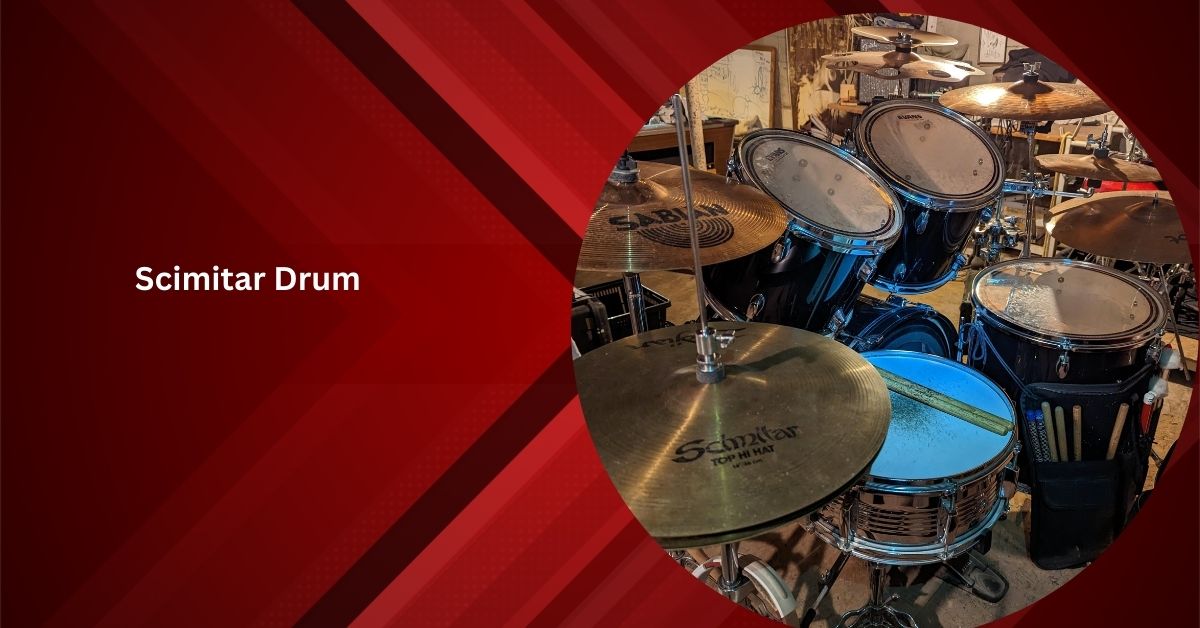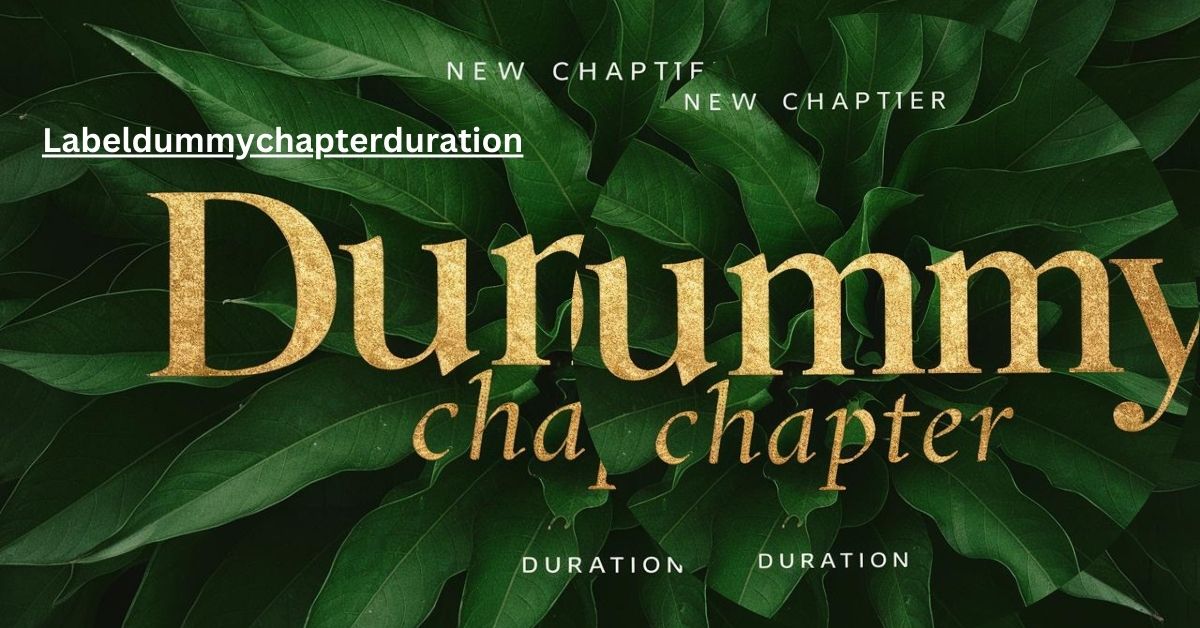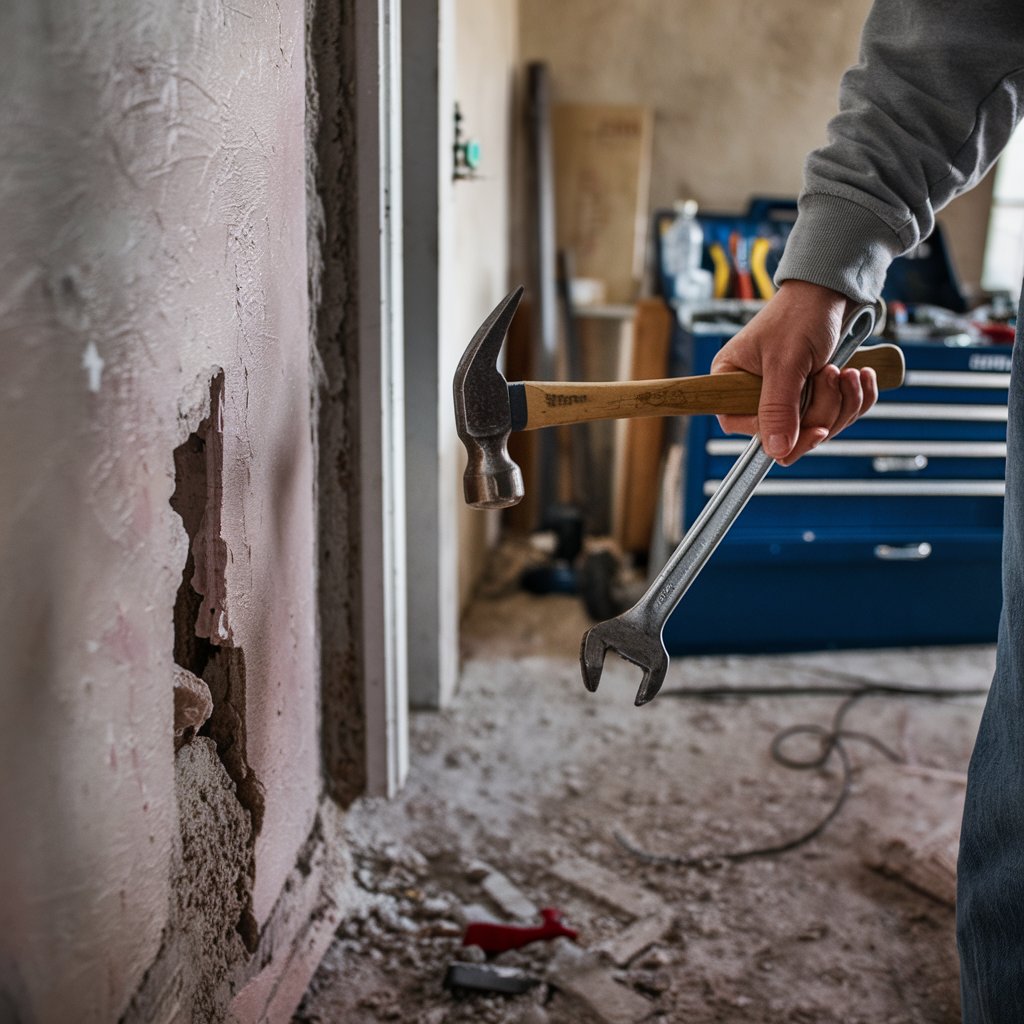What is a Scimitar Drum?
The scimitar drum, often overlooked in the world of percussion, is a fascinating instrument with a rich history and unique sound. Unlike its more common counterparts like the snare or bass drum, the scimitar drum takes its name from the curved sword of the Middle East, reflecting its distinctive shape and cultural origins.
Typically, a scimitar drum features a crescent-shaped body, usually made of wood, with a single drumhead stretched across its open face. This unique design contributes to its characteristic tone and playing style, setting it apart from other drums in the percussion family.
The History and Origins of the Scimitar Drum
The scimitar drum’s roots can be traced back to ancient Middle Eastern and North African cultures. Its curved shape is not just for aesthetics – it serves a practical purpose in sound production and playing technique.
Ancient Origins
Archaeological evidence suggests that curved drums similar to the scimitar drum have been in use for thousands of years. Ancient Egyptian hieroglyphs and artifacts from Mesopotamia depict musicians playing crescent-shaped drums, indicating their importance in early civilizations.
Cultural Significance
In many Middle Eastern cultures, the scimitar drum played a crucial role in both religious ceremonies and secular celebrations. Its unique shape allowed drummers to cradle the instrument close to their body, facilitating intricate rhythms and extended playing sessions.
Evolution Over Time
As trade routes expanded and cultures intermingled, the scimitar drum spread beyond its original borders. Different regions adapted the instrument to suit their musical traditions, leading to variations in size, materials, and playing techniques.
How the Scimitar Drum is Made
The construction of a scimitar drum requires skill and precision. Here’s a step-by-step look at the process:
- Selecting the Wood: Craftsmen typically choose hardwoods like maple or oak for the drum’s body due to their durability and tonal properties.
- Shaping the Body: The wood is carefully curved to create the distinctive crescent shape. This process often involves steam-bending or laminating thin layers of wood.
- Creating the Rim: A sturdy rim is attached to the open face of the drum to hold the drumhead in place.
- Applying the Drumhead: A high-quality animal skin or synthetic material is stretched over the open face and secured to the rim.
- Tuning Mechanisms: Some modern scimitar drums incorporate tuning lugs to adjust the tension of the drumhead, allowing for greater tonal control.
- Finishing Touches: The drum is often decorated with intricate designs or inlays, reflecting its cultural heritage.
The Unique Sound of the Scimitar Drum
The scimitar drum’s distinctive shape contributes to its unique sound profile. Here are some key characteristics of its tone:
- Rich Bass: The curved body allows for a deeper resonance than many flat-sided drums of similar size.
- Warm Midtones: The wood construction adds warmth to the overall sound.
- Crisp Highs: The single drumhead produces clear, articulate high frequencies, especially when played near the rim.
- Variable Pitch: Skilled players can produce a range of pitches by applying pressure to the drumhead while playing.
Playing Techniques for the Scimitar Drum
Mastering the scimitar drum requires dedication and practice. Here are some fundamental techniques:
Basic Strokes
- Open Tone: Striking the center of the drumhead with the full hand produces a rich, resonant sound.
- Slap: Hitting the drum with a relaxed hand near the rim creates a sharp, high-pitched sound.
- Bass Tone: Using the heel of the hand to strike the lower part of the drumhead generates a deep, booming tone.
Advanced Techniques
- Finger Rolls: Rapid alternation of fingers produces a continuous, rolling sound.
- Pitch Bending: Applying pressure to the drumhead while playing allows for subtle changes in pitch.
- Muting: Using one hand to dampen the drumhead while playing with the other creates a variety of tonal effects.
The Scimitar Drum in Modern Music
While deeply rooted in traditional music, the scimitar drum has found its way into various contemporary genres:
World Fusion
Many world music artists incorporate the scimitar drum to add an authentic Middle Eastern flavor to their compositions. Its unique timbre blends well with both traditional and modern instruments.
Experimental and Electronic Music
Some electronic musicians sample the scimitar drum’s sounds, manipulating them to create innovative rhythms and textures.
Film and Television Scores
Composers often use the scimitar drum to evoke Middle Eastern atmospheres in movie and TV soundtracks, adding depth and authenticity to the music.
Comparing the Scimitar Drum to Other Percussion Instruments
To better understand the scimitar drum’s place in the world of percussion, let’s compare it to some other well-known drums:
Scimitar Drum vs. Djembe
- Shape: The scimitar drum is crescent-shaped, while the djembe is goblet-shaped.
- Origin: Scimitar drums come from the Middle East, djembes from West Africa.
- Sound: Scimitar drums have a warmer, more resonant tone compared to the djembe’s brighter, more projecting sound.
Scimitar Drum vs. Conga
- Playing Position: Scimitar drums are typically played while seated, congas while standing.
- Tonal Range: Congas often come in sets of different sizes for varied pitches, while a single scimitar drum can produce a wider range of tones.
- Cultural Context: Congas are associated with Latin American music, while scimitar drums are tied to Middle Eastern traditions.
Learning to Play the Scimitar Drum
For those interested in mastering this unique instrument, here are some tips to get started:
- Find a Teacher: Look for instructors specializing in Middle Eastern percussion.
- Start with Basic Rhythms: Begin with simple patterns and gradually increase complexity.
- Listen to Traditional Music: Immerse yourself in the music where scimitar drums are prominently featured.
- Practice Regularly: Consistent practice is key to developing proper technique and timing.
- Explore Online Resources: Many websites and video tutorials offer lessons for beginners.
Maintaining Your Scimitar Drum
Proper care ensures your scimitar drum will last for years. Here are some maintenance tips:
- Keep It Clean: Wipe the drum with a soft, dry cloth after each use.
- Control Humidity: Store the drum in a place with stable humidity to prevent warping or cracking.
- Tune Regularly: If your drum has tuning mechanisms, adjust them as needed to maintain proper tension.
- Protect the Drumhead: Avoid exposing the drumhead to extreme temperatures or direct sunlight.
- Handle with Care: Always support the drum’s body when moving or transporting it.
The Cultural Significance of the Scimitar Drum
Beyond its musical applications, the scimitar drum holds deep cultural meaning in many societies:
Religious Ceremonies
In some Islamic traditions, the scimitar drum accompanies devotional songs and chants, enhancing the spiritual experience.
Celebration and Festivity
Many Middle Eastern weddings and festivals feature scimitar drums prominently, their rhythms driving the dance and celebration.
Storytelling and Oral Tradition
In some cultures, the scimitar drum’s rhythms serve as a backdrop for epic poetry recitations and storytelling sessions.
The Future of the Scimitar Drum
As global interest in world music continues to grow, the scimitar drum is finding new audiences and applications:
Cross-Cultural Collaborations
Musicians from diverse backgrounds are incorporating the scimitar drum into fusion projects, creating exciting new sounds.
Educational Initiatives
Some schools and universities are including the scimitar drum in their world music programs, ensuring its techniques are passed on to new generations.
Technological Innovations
Digital sampling and modeling technologies are making the scimitar drum’s unique sounds accessible to musicians worldwide.
Frequently Asked Questions About the Scimitar Drum
What is the difference between a scimitar drum and a doumbek?
While both are Middle Eastern drums, the scimitar drum has a crescent shape, while the doumbek is goblet-shaped. The scimitar drum typically has a warmer tone due to its wooden construction.
Can I use drumsticks with a scimitar drum?
Traditionally, scimitar drums are played with the hands. Using sticks could damage the drumhead and doesn’t allow for the nuanced tones achieved through hand techniques.
How long does it take to learn the scimitar drum?
Like any instrument, proficiency depends on practice. Basic rhythms can be learned in a few weeks, but mastering complex techniques may take years of dedicated study.
Are there different sizes of scimitar drums?
Yes, scimitar drums come in various sizes, typically ranging from about 10 to 20 inches in diameter. Larger drums produce deeper tones, while smaller ones offer higher pitches.
Can I use a scimitar drum in a Western music ensemble?
Absolutely! While not traditional, many musicians incorporate scimitar drums into various genres for their unique tonal qualities.
How do I choose the right scimitar drum for me?
Consider your playing style, the type of music you want to create, and your budget. It’s best to try several drums to find one that feels comfortable and sounds pleasing to you.
Is it difficult to replace the drumhead on a scimitar drum?
Replacing the drumhead can be challenging due to the drum’s unique shape. It’s often best to have this done by a professional, especially for beginners.
Can I amplify a scimitar drum for larger performances?
Yes, you can use contact microphones or clip-on mics designed for percussion instruments to amplify your scimitar drum.
Are there any famous musicians known for playing the scimitar drum?
While not as widely recognized as some instruments, several notable Middle Eastern percussionists have brought attention to the scimitar drum through their performances and recordings.
How does the weather affect my scimitar drum?
Extreme temperatures and humidity changes can affect the wood and drumhead tension. It’s important to store your drum in a controlled environment to maintain its sound quality and structural integrity.
Conclusion
The scimitar drum, with its distinctive crescent shape and rich, warm tones, stands as a unique treasure in the world of percussion. Rooted in Middle Eastern traditions yet finding its place in modern music, this versatile instrument offers a gateway to diverse rhythms and cultural expressions. Whether you’re a seasoned musician or a curious beginner, the scimitar drum invites exploration of its captivating sounds and techniques. As global interest in world music grows, the scimitar drum continues to bridge cultural divides, one beat at a time.



